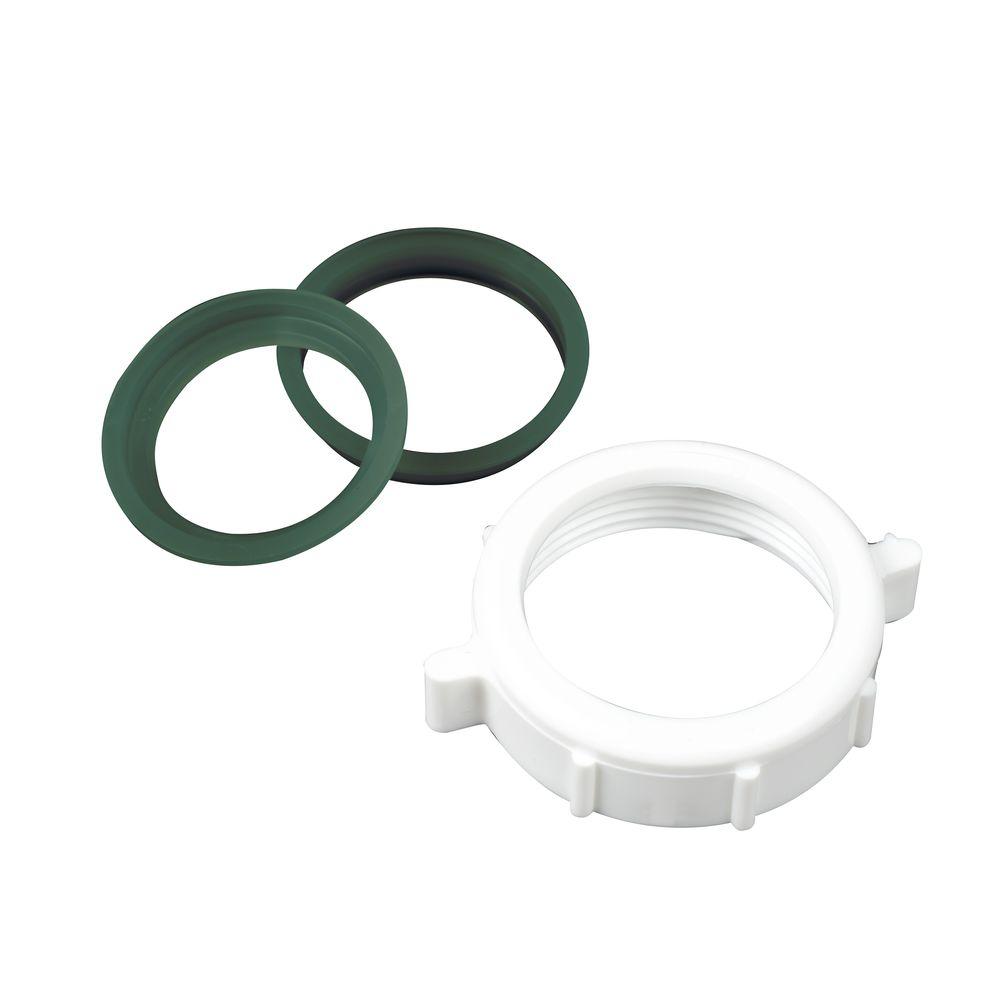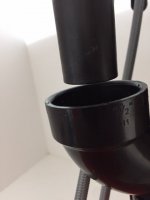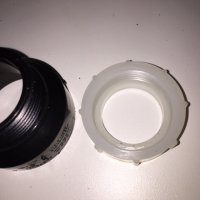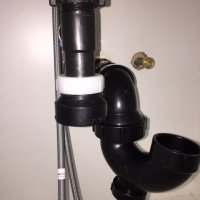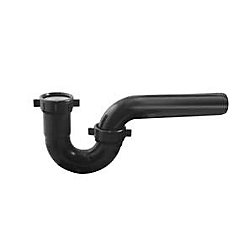I read this as a common code with regards to P traps:
"No trap outlet can be larger than the fixture drain to which it is connected. The sizes of the trap outlet matter. Don't be flexible with this. For instance, you can’t put a 1 1/2 inch p-trap on a fixture with an 1 1/4 inch drain."
Is this what I am doing? I have a 1 1/4" tailpiece reduced up to a 1 1/2" p trap. No good ???
Besides the loose connection problem you've discovered, there are two code violations here:
IPC 704.2 Reduction of pipe size in direction of flow.
The size of the drainage piping shall not be reduced in the direction of flow.
IPC 1002.5 Size of fixture traps.
Fixture trap size shall be sufficient to drain the fixture rapidly and not less than the size indicated in Table 709.1. A trap shall not be larger than the drainage pipe into which the trap discharges.
You are permitted to have a 1-1/2" trap downstream of a fixture with a 1-1/4" waste outlet. However, once you size up to a 1-1/2" trap, all pipe downstream of the trap must be 1-1/2" (or larger), NEVER smaller.


